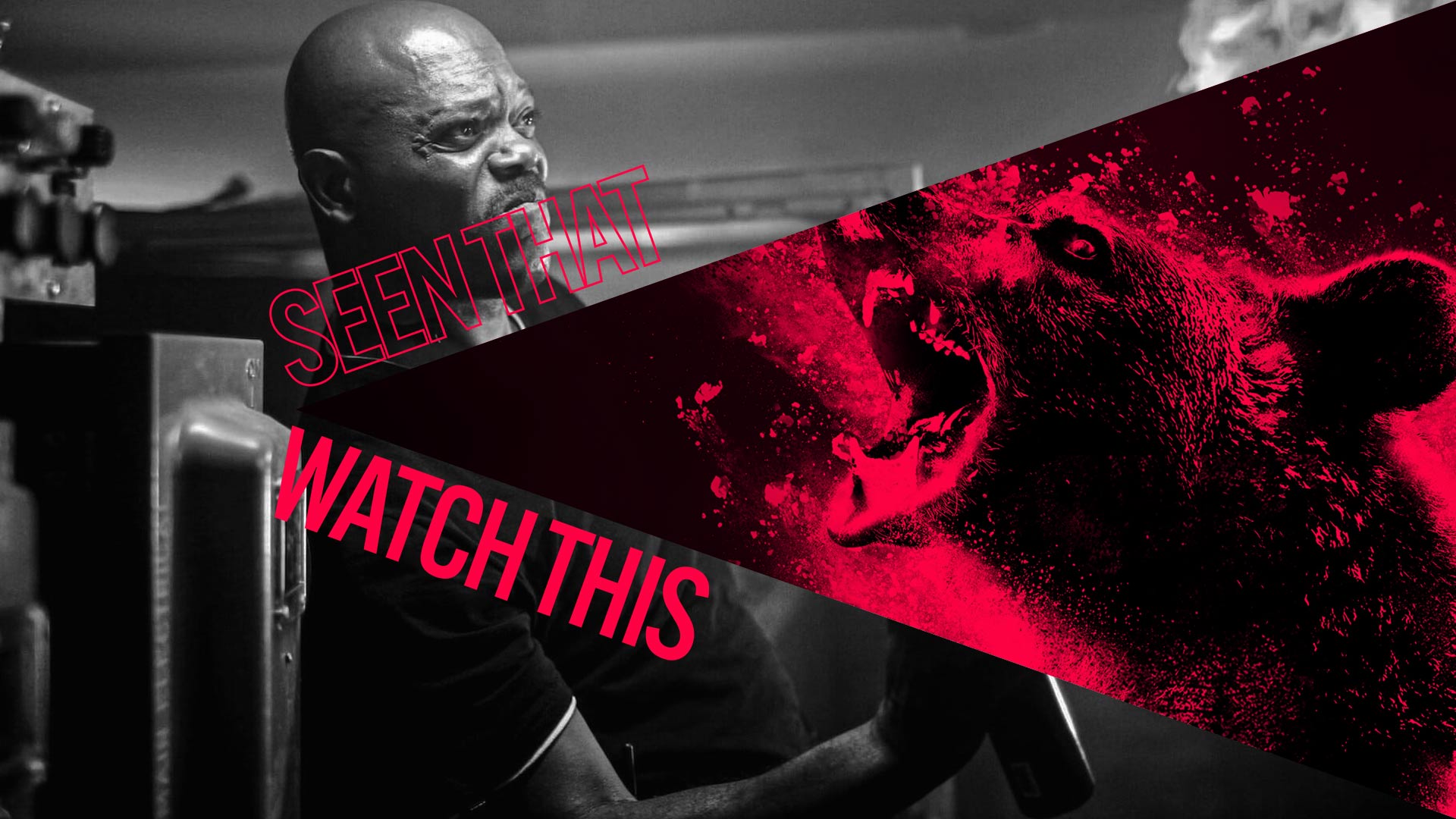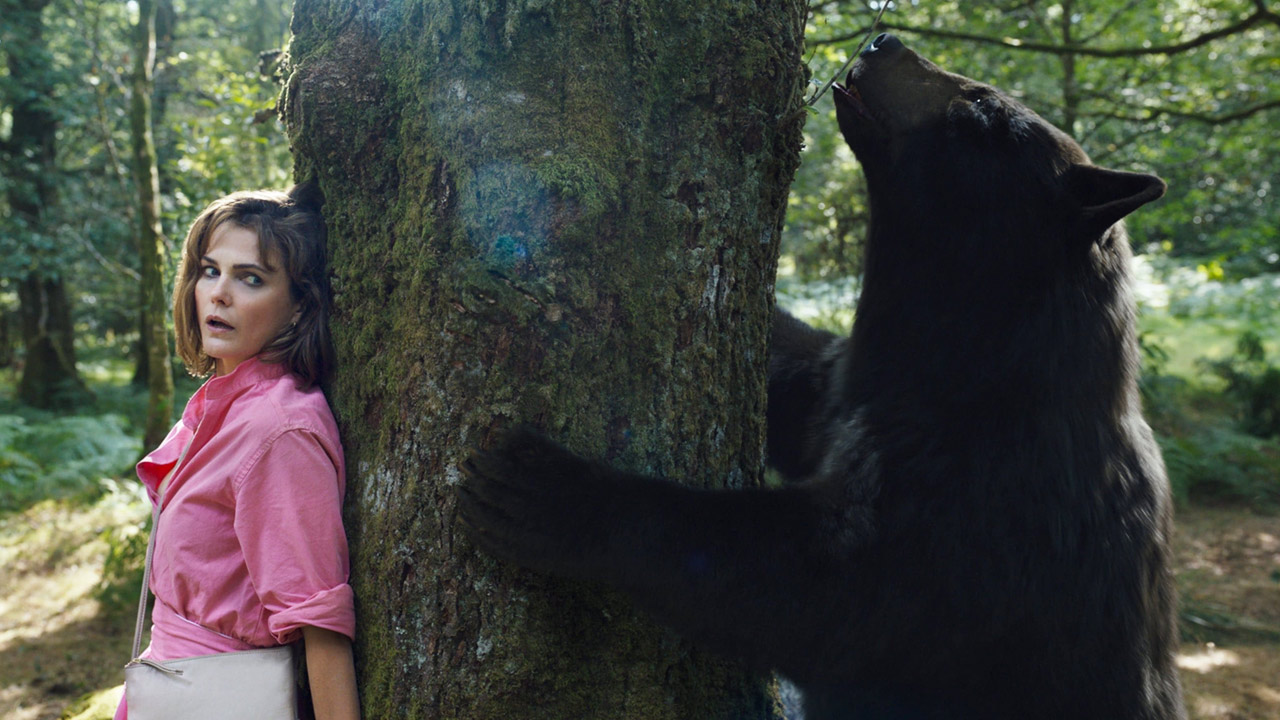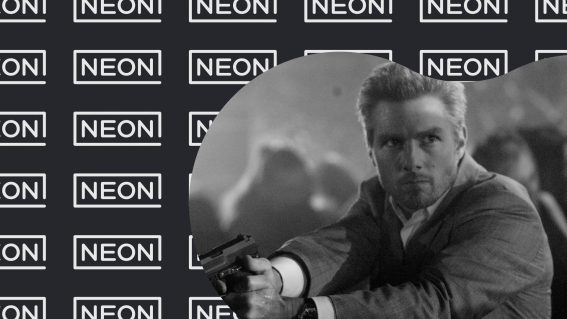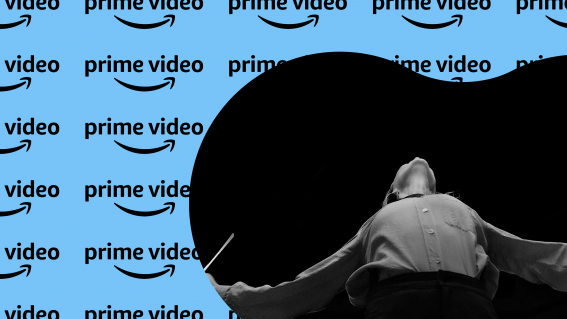Which is the better bad movie: Cocaine Bear or Snakes on a Plane?

Seen That? Watch This is a weekly column from critic Luke Buckmaster, taking a new release and matching it to comparable works. This week, he conducts a rigorously scientific study to determine which is the superior creature feature: Cocaine Bear or Snakes on a Plane.
Cocaine Bear
Despite their flaws, Snakes on a Plane and Cocaine Bear do what they say on the tin. There really are snakes on that plane, and the bear really is on cocaine. It’s no coincidence that both productions are American, given Hollywood pioneered the “high concept” movie, a term describing films that can be summarised on a space no larger than the back of a matchbox. Snakes on a Plane and Cocaine Bear are maximum efficiency high concept movies, in that their titles double as very short synopses. And both are creature features featuring angry ambassadors from Mother Nature’s wild world, which are out of their element mentally (the bear) and environmentally (the snakes).
So, which is the better bad movie? Let’s commence this rigorously scientific analysis with discussion of pacing and setup. Cocaine Bear director Elizabeth Banks wastes no time, bolting out of the gates with a stylishly shot opening sequence. Late at night in a plane (which does not appear to have snakes in it) a criminal loads up on bags of cocaine, but as he jumps out of the door he knocks himself out. Whoops! Down below the real shenanigans begin, the bear scarfing down said bricks and carving up its first victim nigh on 10 minutes into the runtime. And there’s plenty more kills where that came from. The momentum is well sustained and surprisingly tempered, Banks favouring steady rhythm over peaks and troughs.
My favourite moment is when the bear chases an ambulance, which unfortunately (for the passengers, not us, because it’s all very amusing) has its back door flapping open. The bear majestically leaps into the vehicle. Things do not go well for the humans inside it.
Snakes on a Plane, however, makes you wait. Director David R. Ellis frames the opening moments like an episode of Baywatch, beach revellers having a dandy old time in Hawaii—walking around in bikinis, surfing and kayaking, lapping up the oceanic fresh air. Don’t these people know they’re in a horror movie? Thankfully, Nathan Phillips’s Sean Jones witnesses a mob boss commit a brutal murder only a few minutes in, making him an eye witness for a very important case. Samuel L. Jackson plays an FBI agent guarding him on a red eye flight to Los Angeles. He thinks he’s prepared for the worst, but he ain’t prepared for the goons to unleash a crate full of angry venomous snakes, mid-flight, hoping to take the vessel down.
These snakes only come alive, so to speak, half an hour in. Then all hell breaks loose and the film enters a period of balls-to-the-wall carnage. A hot surfer couple get attacked in the bathroom, the snake going straight for a nipple. The slithery cretins run amok in the cabin, prompting much stumbling and screaming, as well as running commentary such as “fuck me!” Then the pace slows down as Jackson takes control. This film very much works in peaks and troughs.
Let’s move onto locations. Cocaine Bear is mostly set in broad daylight and lush wilderness: the Chattahoochee–Oconee National Forest. This setting is quite well explored, Banks providing a decent view of various areas including remote wilderness, the park rangers’ headquarters and immediate surrounds, and a waterfall at night, captured in shots tinted in a moody dark blue. But all eyes are on the bear, first observed by a photographer banging its head against a tree. “It’s demented or something,” he says, accurately describing most cocaine users, caniforms or human, when they’re high on the good stuff.

The central location in Snakes on the Plane, on the other hand, is far more claustrophobic, of course being set on a plane (which, for the record, has snakes on it). Albeit a very large plane; it even has a second story and a flight of stairs. The cabin is where much of the action takes place, but there’s also the electronics area underneath, the cockpit, and the bathrooms, where several people get bitten on their wobbly bits.
Now, the performances. Not the human performances because…who cares? These films aren’t exactly catnip for thespians. I was quite fond of the bear in Cocaine Bear: she’s a little cranky and bitey, sure, but who doesn’t get a tad unhinged after ingesting a couple of bricks of coke? She proves to be a highly considerate bear, in cinematic terms, understanding that it’s one thing to chow into a body behind a bush, and another, far more visually striking thing to chow into a body behind a bush then spit out a limb from said body. Making it look nice and appealing for the camera.

The reptilian villains in Snakes on a Plane are generally captured in brief shots depicting them doing what they do best: attacking and flapping about. Something the snakes have that the bear doesn’t are their own point-of-view shots. These images are slathered in bright, sticky green, usually accompanied by Jaws-esque music. At about the one hour mark, an absolutely massive snake is introduced: so large it swallows a man’s head. Did I mention I freakin’ hate snakes?
Which is not the reason why, after some deliberation, I must crown Cocaine Bear the superior bad movie. No-one expects tonal consistency from splatterific midnight movies, but it’s nice to have it. Also this film doesn’t pussyfoot around: it knows what it wants to be and it delivers the goods post-haste. Neither film, you will be shocked to discover, is a masterpiece—but there are worse ways to spend one’s time. Like being on a motherfuckin’ plane with motherfuckin’ snakes on it.




















